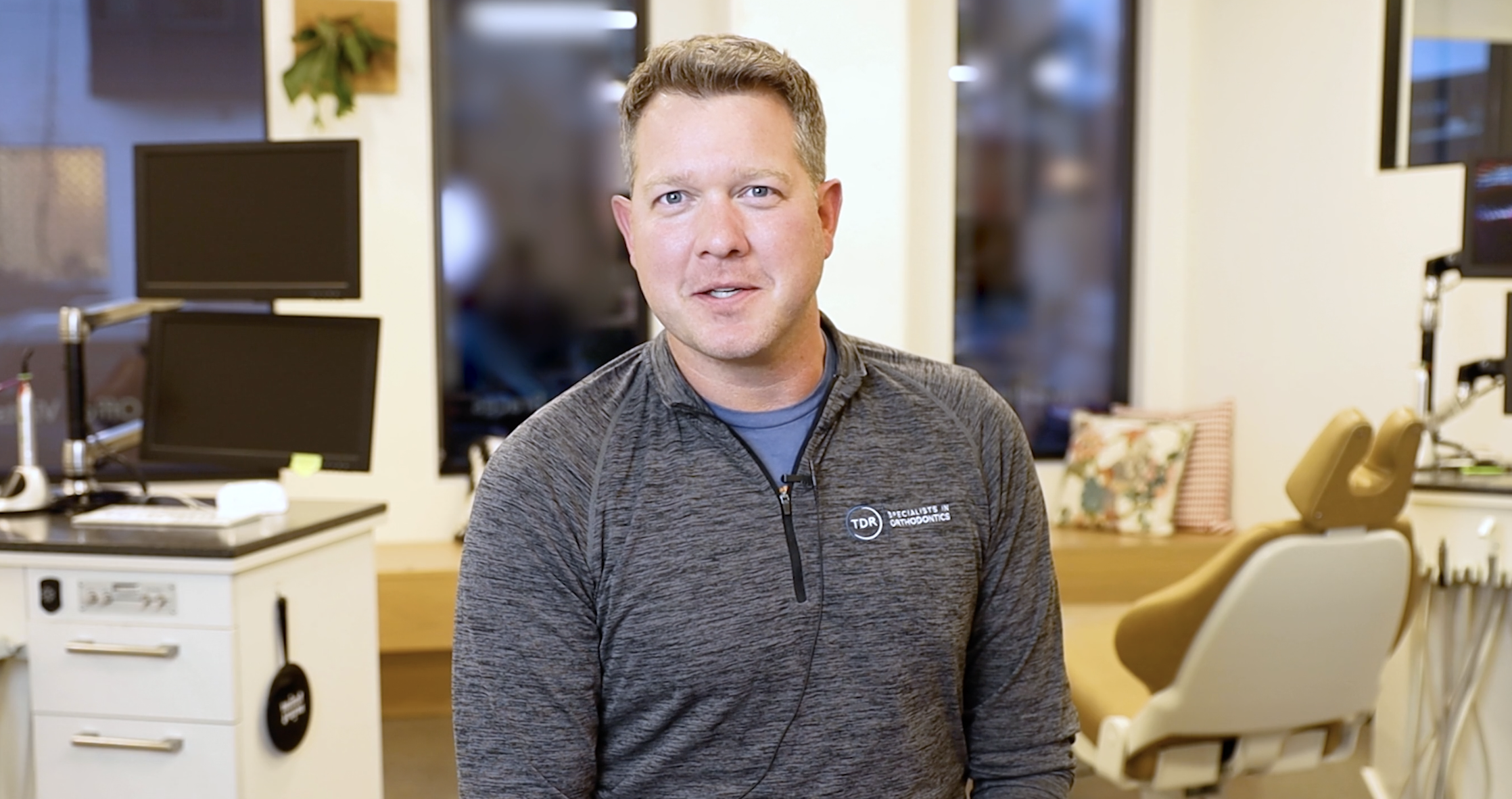Remote Monitoring Solutions
Remote Monitoring solutions differ in their approach to how images are captured by the patient, how scans are reviewed and the communication with patients. There is no right or wrong way. It’s important to understand the differences as you evaluate and select the right system for your practice.
Evaluation Criteria
AAO’s Committee on Technology (CTECH) recommends using the following criteria to evaluate remote monitoring solutions.
HIPAA Compliant:
- Patient information and images are being shared, therefore HIPAA compliant is a requirement for any remote monitoring system
Patient Image Capture:
- Some remote monitoring systems utilize a mobile phone accessory such as a scope to isolate the area and capture images or video while others rely on mobile phone photos. Images are viewed asynchronously.
Platform:
- Some remote monitoring systems run on an app while others on the web. App versions send push notifications to both the orthodontist and patient to communicate what each needs to do while web versions often send e-mail notifications and require logging in to check status and act.
Artificial Intelligence (AI):
- Some systems utilize AI to assess hygiene, occlusion and aligner fit/braces activation and alerts the doctor to any issues.
Communication:
- Some systems have automated messages that push to patients to notify them of their progress and communicate any action needed such as changing an aligner or that they need to improve their hygiene. Other systems have standard messages that the doctor can schedule to push to patient. Many also have the ability to customize messages to patients.
Ability to share with other dental professionals:
- With interdisciplinary cases, the ability to share images and progress can be important. Some systems offer this as a feature.
Practice Management Software Integration:
- Integration with practice management software allows for automatic generation of the patient chart and pulling up the patient information in the remote monitoring system seamlessly.
Cost:
- Cost/pricing structures will vary. Some systems charge a one-time upfront cost, others may charge a per patient fee and other may charge a combination. Additionally, any scopes necessary to capture images will be an extra cost per patient.
Pre-Exam Usage:
- Some systems can be utilized as a marketing tool where patients can share photos prior to an exam and the orthodontist can respond providing a preliminary treatment assessment and price estimate pending an in-person exam with records to qualify patients prior to an exam.
